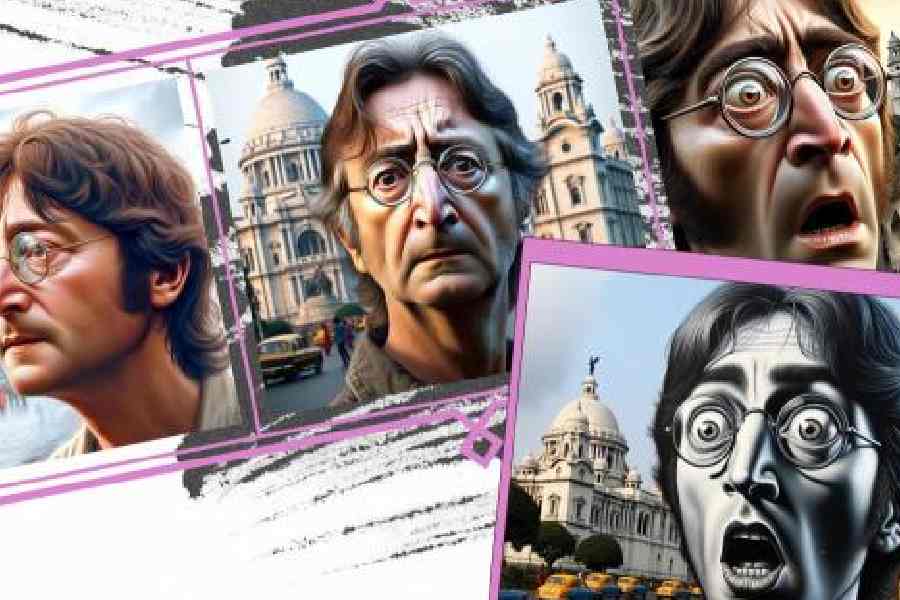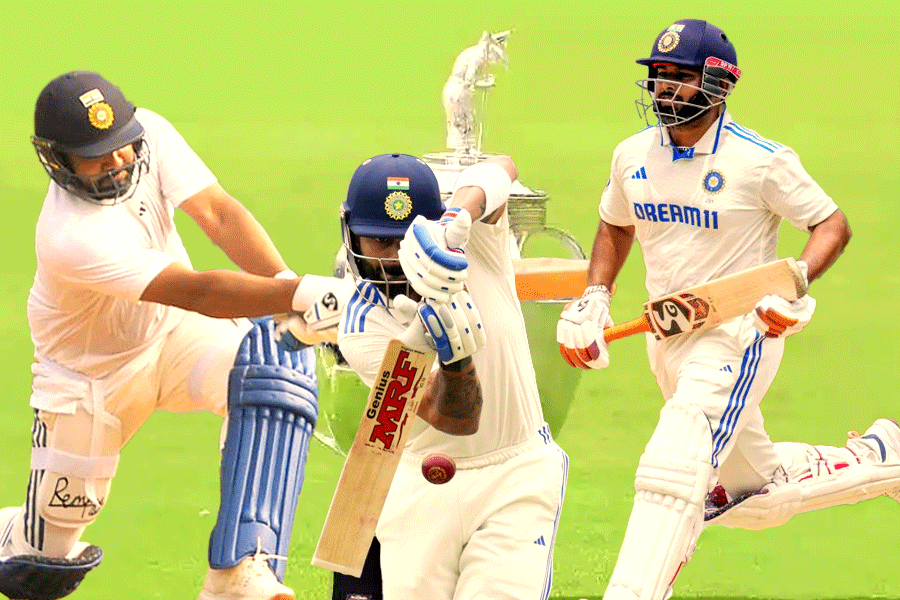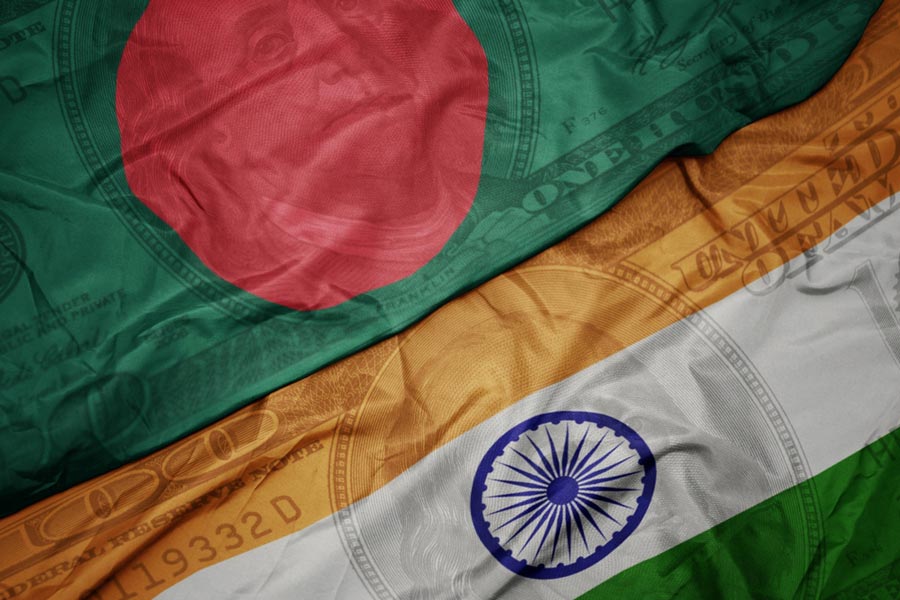If your birth year begins with 19, the ‘dancing baby’ meme would be close to your heart. Yes, the one of a 3D-rendered animation of a baby dancing. Back in the day, this was considered “innocent” fun. We are in a similar space minus the “innocent” bit, thanks to AI.
A recent update to ChatGPT has made it easier to create images. It doesn’t come with the free tier of the chatbot from OpenAI but for a $20 monthly subscription, you can generate images that have all the makings of a meme. The idea is as simple as it has been for the last few months — key in the description of the image you have in mind and wait for 30-45 seconds for the image to get generated. In case you want to refine the output, follow up with additional instructions.
I am talking about absurd situations, like John Lennon staring at Victoria Memorial, followed by Lennon sporting a surprised grin, and then the Imagine singer looking bewildered, complete with a psychedelic flourish. Turn it up to 11 as the popular idiom goes. Generate a happy cat, a weirdly happy cat, a happy-as-a-rainbow cat, a cat whose happiness has made it bounce its way into outer space.
Generative AI services, with OpenAI’s ChatGPT leading the pack, are reinventing the art of memes. Almost all talks around AI have lately been nightmarish but here’s something that appears to have some humour. Of course, it’s another thing that such fun “exercises” are going to familiarise users with generative AI tools, making us use them often.
Big, bigger, biggest
The push to explore ChatGPT-style chatbots is coming from the likes of Garrett Scott McCurrach, the CEO of the robotics company Pipedream Labs, who in November made a seemingly innocent post on X (formerly Twitter). He posted a picture of a goose and said: “For every 10 likes this gets, I will ask ChatGPT to make this goose a little sillier.” In no time, the post was being widely shared and liked while McCurrach kept posting the picture of the goose in eye-poppingly weird situations. What started as a photorealistic picture of a goose took on all the colours of a rainbow in crazy situations.
Memes have been used by brands for decades and this is an opportunity for them to capitalize on a new technology. The Internet is a place where people want some things to appear exaggerated. The make-it-more culture is being given a push by ChatGPT. So words like “spicy”, “spicier”, “spiciest” and “super-duper spicy” work here. The superlative trend has the makings of becoming a cultural milestone. My 12-year-old and her friends have been buying into the trend before I had even mentioned the new style of memes. I was recently told: “Old stuff, saw this weeks ago.”
Money to spend
There is another side to this. AI-generated memes are also “art” and no talk of AI is complete without talking about copyright issues. Chatbots are trained on huge volumes of unauthorised art and text. In the AI-generated pictures we are seeing before us, there are bits and pieces of art that actually exist, created by humans. And the majority of those actual creators haven’t given consent to be a part of the AI culture. Will brands take the risk of using something that has the potential of being struck down by the legal system around the world at some po

You can instruct ChatGPT to create images, like “generate a happy cat”, “a weirdly happy cat”, “a happy-as-a-rainbow cat” and “a cat whose happiness has made it bounce its way into outer space
Non-artists like me have been playing with Midjourney and DALL-E for some time. But here’s something we often forget to say: These images are not useful. I get amused when something weird gets generated, like Shakespeare and George Bernard Shaw having a conversation outside Victoria Memorial, but it’s not a frame that I will store on my computer. Maybe I will disturb my wife 10 times just to show her the absurd quality of these images but there’s zero value attached to such pictures.
Now, that’s a 40-something speaking and that too someone who loves technology. A 60-year-old will define this exercise as rubbish while a 15-year-old will call this a cultural phenomenon. To create AI art and that too regularly, two things are needed — moolah and better computers. Both elements help make the tech industry make more money. Also, as more teenagers get addicted to this “culture of superlatives”, their bragging rights on social media will balloon, making them chase more “likes”.
There’s a counterargument. For centuries, we have been reading books and looking at art. It’s so easy to get inspired by the style of P.G. Wodehouse or Robert Frost and begin writing in their style. Or take the brilliant art of Edward Hopper. He has inspired a new generation. Isn’t that stealing? People learn from what they see, read and hear. Generative AI is also about chatbots “seeing”, “reading” and “hearing”. Artists and writers are demanding to be paid for their work on which chatbots are feeding.
How easily are AI-generated images spreading through the Internet? During the pandemic, I am sure you had enough time to listen to the late Israel Kamakawiwo’ole singing Somewhere Over the Rainbow. Recently, his pictures have been given a Midjourney touch on Reddit and it appears that Google Images have picked them up, noted Pennsylvania University Wharton School of Business professor Ethan Mollick. That’s something to be worried about. So all eyes are on the likes of Google to label AI pictures.
For now, let’s keep walking through unexplored territory. Remember the classic “distracted boyfriend” meme based on Antonio Guillem’s photograph? AI has turned it into a short video clip. Life is turning out to be a big meme.











